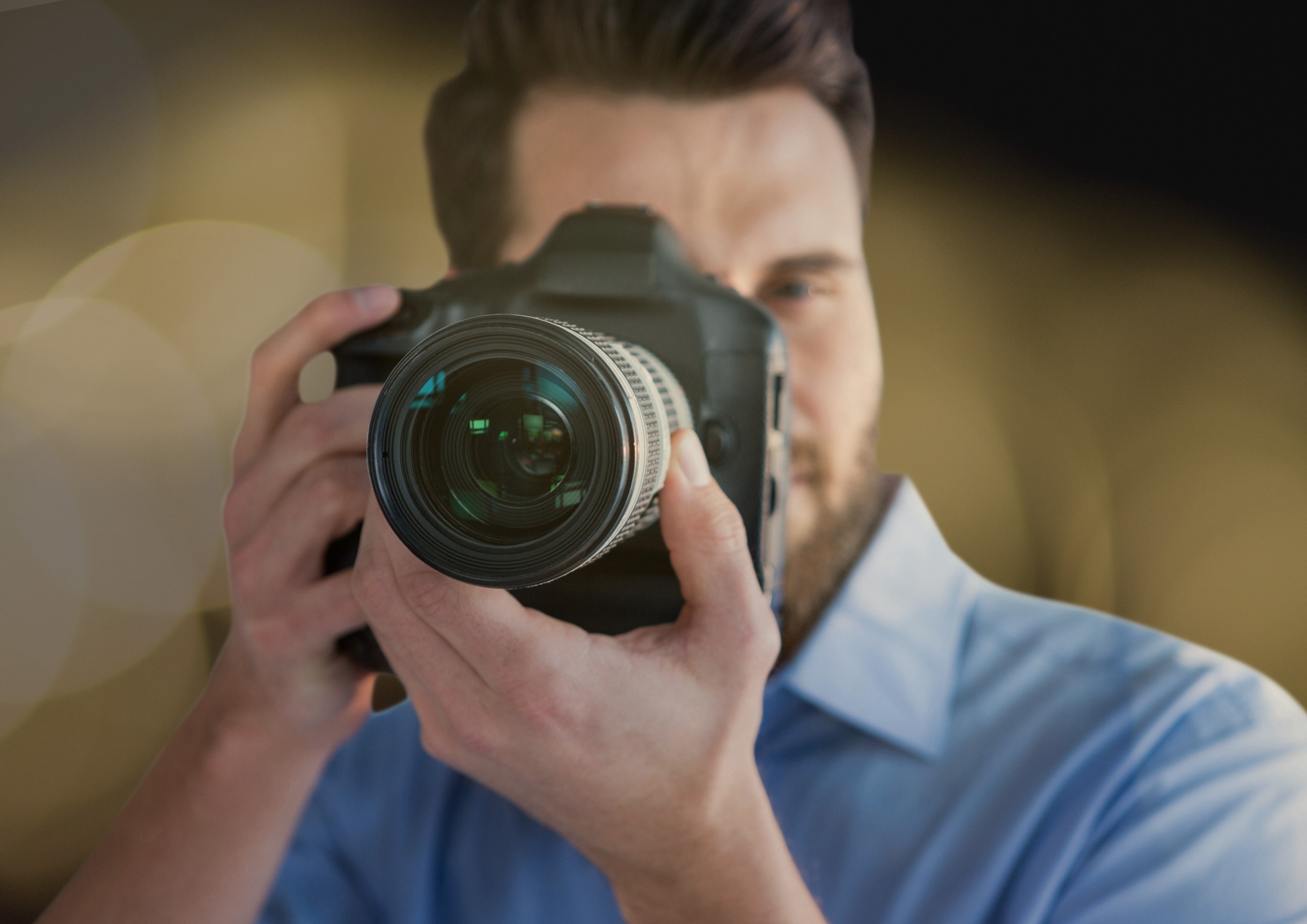The Importance of Photographic Evidence in Insurance Appraisals.

In the world of insurance expertise, photographic evidence is a crucial tool for documenting claims. The pictures provide a visual representation of the damage, helping Surveyors, Insurers and Clients to better assess and understand the situation. In this article, we will explore the importance of photographic evidence, the characteristics it must have to be clear and reliable, methods for certifying the place and date of photos, and how to correctly interpret this evidence.
Important Features of Photographic Evidence
Clarity and Sharpness
To be useful, photographs must be clear and sharp. This means they must be well focused, with good lighting and no blurring. Blurred or poorly lit images can impair the ability to assess damage accurately.
Angle and Detail
Photographs should cover several angles of the claim to provide a complete view of the damage. It is important to include panoramic images to contextualize the damage and close-up shots to show specific details. This approach helps to gain a more complete understanding of the claim.
References of Scale
To understand the size of the damage, it is helpful to include scale references in the photos. Common objects such as a tape measure, a coin, or a known object can provide a visual reference for the size and extent of the damage.
Certification of Place and Date of Photos
EXIF metadata
Digital photographs contain EXIF (Exchangeable Image File Format) metadata that includes information such as date, time, and GPS coordinates. This data is essential to certify when and where the photos were taken. Ensuring that the GPS function of the camera or device is turned on can ensure the accuracy of this information.
Timestamping and Geotagging
Using applications or software that add timestamps and geotagging to photographs can further strengthen the credibility of evidence. These instruments automatically record the date, time and exact location, providing additional certification that can be verified.
Third Party Certification
In some cases, it may be useful to use third-party certification services that verify and authenticate photographs. These services can provide official documentation attesting to the date and location of the shot, adding an additional layer of security and reliability to photographic evidence.
Study and Interpretation of Photographic Evidence
Damage Analysis
Photographs should be examined carefully to identify all damage present. Experts must be able to distinguish between pre-existing damage and new damage caused by the accident. This process requires a keen eye and a thorough knowledge of the type of damage being assessed.
Context of Images
It is important to consider the context in which the photos were taken. Environmental details, weather conditions, and other external factors can affect the interpretation of images. Assessing these elements can provide a more accurate understanding of the situation.
Comparison with Previous Documentation
Comparing current photographs with any previous images of the same area or object can help identify new changes and damage. This comparison is useful in assessing the extent of the claim and determining the need for intervention or compensation.
Novires’ Approach to Photographic Documentation.
Attention to Details
Novires is committed to documenting every claim with the utmost attention to detail. We use advanced photographic equipment to ensure that each image is clear, detailed, and representative of the damage.
Training and Upgrading
Our appraisers receive ongoing training in the best practices of appraisal photography. This includes shooting techniques, metadata management, and use of advanced software for image certification and analysis.
Transparency and Reliability
We are committed to providing photographic documentation that is transparent and reliable. Each image is certified by place and date, ensuring that all evidence presented is accurate and verifiable.
If you would like to learn more about how Novires documents claims and ensures an accurate and transparent assessment, please contact us. We are here to answer all your questions and offer our professional support.
In summary
Photographic evidence is critical in insurance appraisals to clearly and reliably document damage. Features such as clarity, angle, and certification of place and date are essential to ensure image integrity. Careful analysis and correct interpretation of photos contribute to an accurate and unbiased assessment of claims. Novires pays great attention to photographic documentation, ensuring transparency and accuracy at every stage of the appraisal process.
